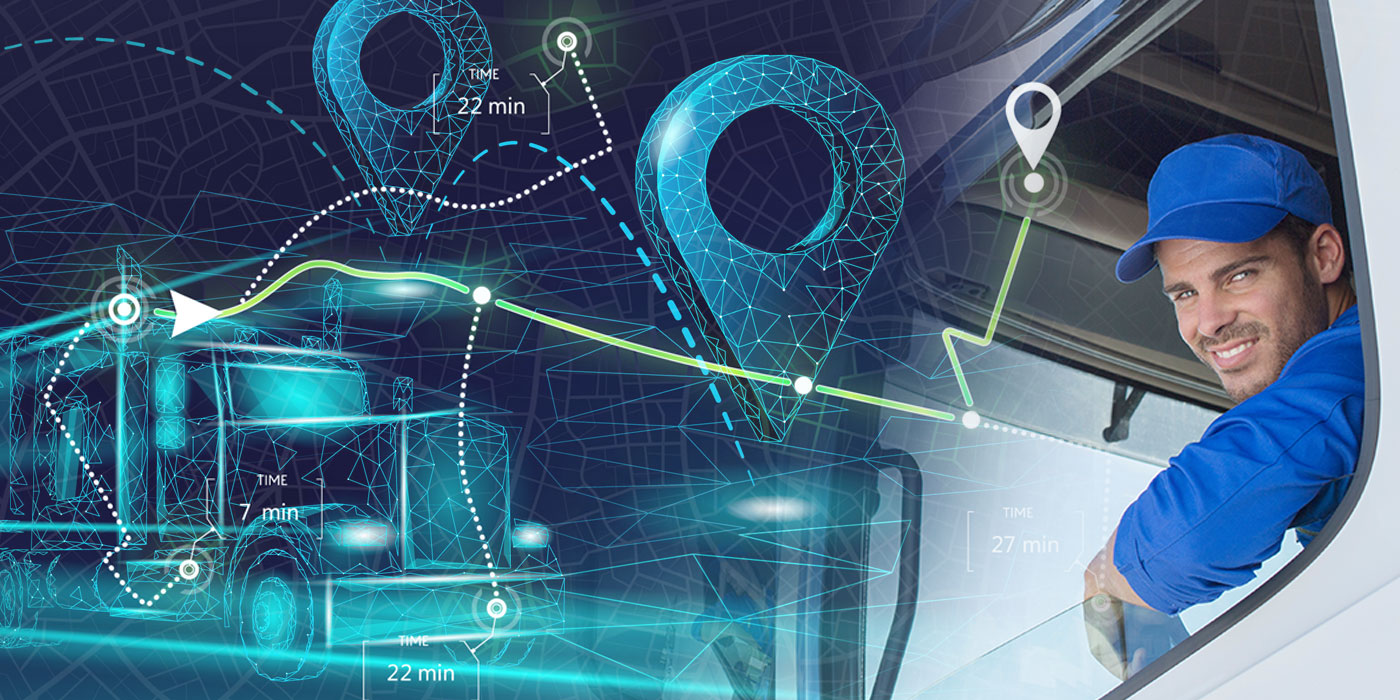Route planning is a crucial part of any fleet’s operations. But despite its importance, it often goes without being optimized, meaning that many businesses have routes full of inefficiencies. While it can be difficult to manage efficiently by conventional means, machine learning provides a helpful way forward.
Artificial intelligence (AI) in route optimization isn’t necessarily new. In 2012, UPS implemented its famous AI routing solution, Orion, and has since saved 100 million miles and 10 million gallons of fuel annually. Now that similar platforms are available to virtually any fleet, this technology could rewrite the future of logistics. It starts with recognizing machine learning’s potential.
AI-Powered route optimization tools
It’s important to acknowledge that not every fleet will see improvements as dramatic as UPS did with Orion. Such results require a scale most businesses don’t have. Still, AI-powered route optimization tools can reduce driving time and cut expenses in several ways.
The most impactful way to use machine learning in route planning is to integrate real-time data. Any GPS software can find the shortest path between two points, but AI can analyze a wider range of data points to recognize when the shortest option is not the quickest. Real-time traffic updates, weather analysis and road closure information are all features to look for that support this goal.
Fleets can also use machine learning to adapt to changing conditions. AI-powered route planning platforms include dynamic routing and proactive alerts that inform dispatchers of unexpected obstacles like traffic accidents or inclement weather. They can then re-route vehicles to avoid larger disruptions.
Off-the-shelf machine learning software has smaller but still impactful benefits, too. These tools automate the planning for each truck and let fleets set up drives faster. As a result, it takes fewer people and less time to complete the same driving volume.
Other AI applications to improve fleet operations
Plenty of route optimization services include machine learning features. While such solutions are the most direct way to improve route planning with AI, they’re not the only option. Fleets can also use related but separate AI tools to take these benefits further.
Using machine learning to analyze truck loads and vehicle selection is a great example. AI can detect subtle chances to improve that humans may miss, such as when it makes more sense to split one route into two or use a smaller truck. Changes like this can reduce load weights, and every 100-lb. reduction improves fuel efficiency by 1%-2%, maximizing the fuel-saving benefits of better routing.
Simpler solutions are often beneficial, too. Complex machine learning applications like predictive analytics and digital twins can be helpful, but they require a lot of technical expertise and investment. Such obstacles cause up to 80% of AI projects to fail, so easier-to-use, off-the-shelf automation platforms are sometimes the best way forward.
Examples include automated freight forwarding programs, data entry bots and AI-equipped warehouse management systems. Companies can find ready-made software in all of these categories to easily automate simple but routine tasks. As a result, they save time and money to focus more on complex route planning, producing an impressive return on investment.
Modern fleets need machine learning
The logistics landscape is competitive. Fleets need to capitalize on new technologies to keep up, and that means learning where machine learning works best for their specific needs. Route optimization software and related tools may not be the only way to take advantage of this tech, but they are among the most beneficial.
link

